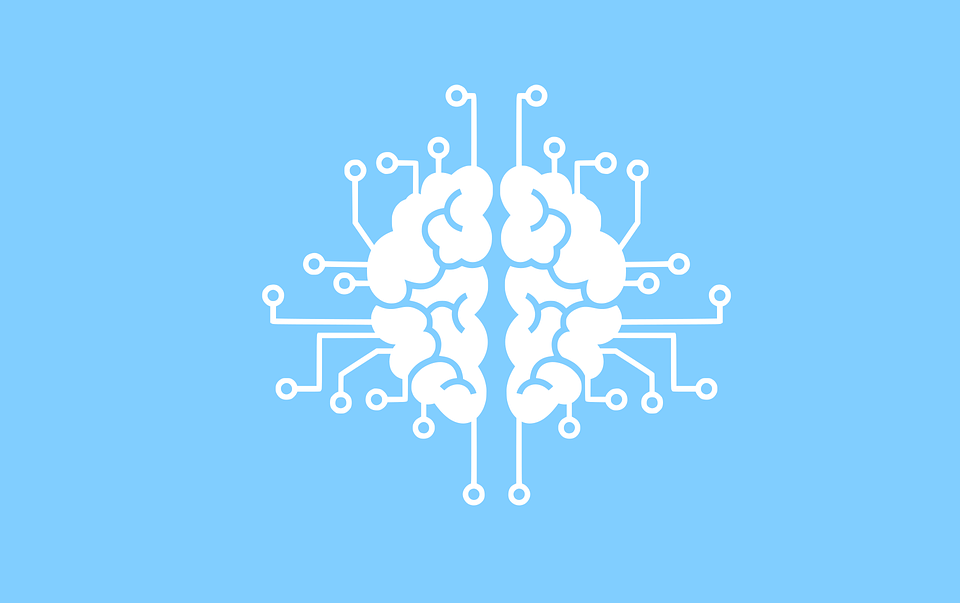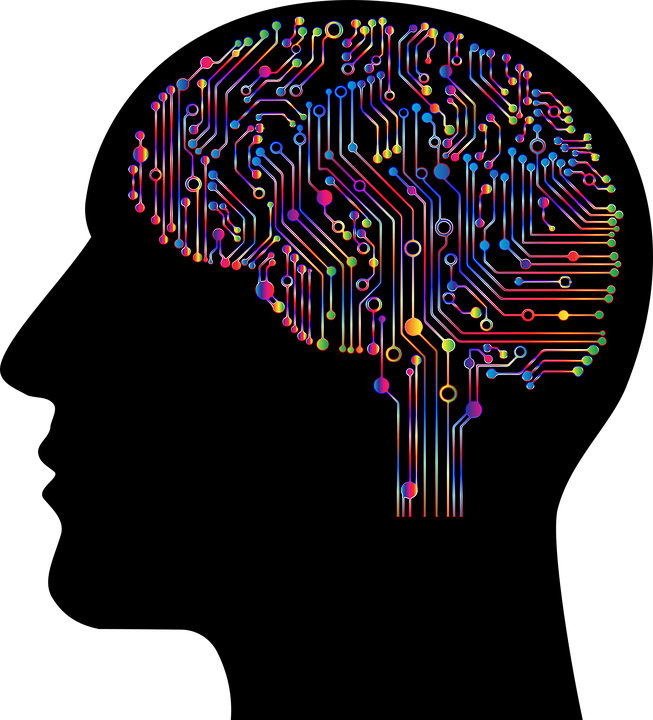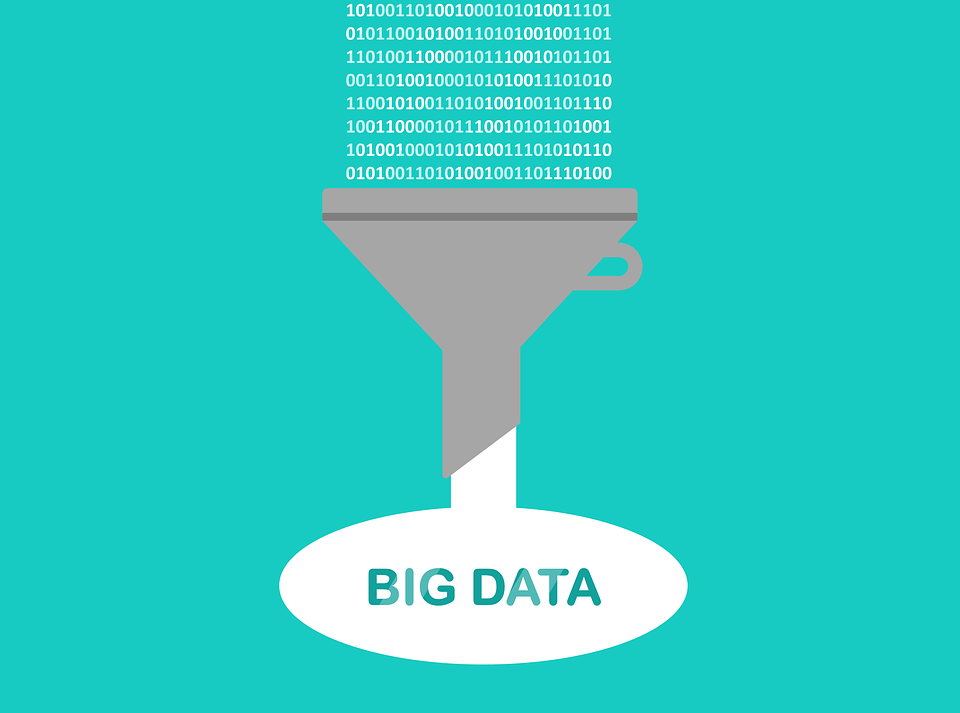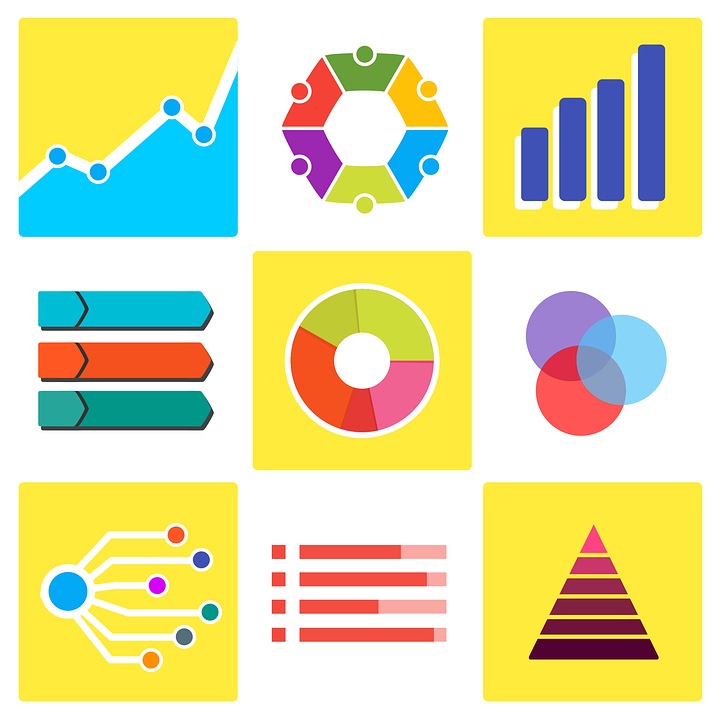
Skip course categories
Skip available courses
Available courses
Project Management, Innovation Management And Collective Skills for an Optimum Implementation of BIM Principles and AAL Concepts
The objective of the unit is to train the learners in project management related to BIM, which includes innovation management, information management, working with transversal groups or cross-cultural competencies. The central aspect of the unit is management the information provided by BIM and its teamworks and how to assess this information to obtain quality outputs.
Introduction to Python
Python is a general-purpose, versatile, and powerful programming language. It’s a great first language because it’s concise and easy to read. Whatever you want to do, Python can do it. From web development to machine learning to data science, Python is the language for you.

AI and HPC in AAL
Introduction to the concepts of AI and HPC with application to AAL with practical examples in Python

Machine Learning in AAL
Do you want to become a master in machine learning?.Then start today!, it would take you four hours to learn the basics of Machine learning. Imagine, for the time you spend watching youtube useless videos you can learn how they built their recommendation system. How do you get commercials for hotels after searching them on booking? Is this question still a mystery, then you need an introduction to machine learning.

Neural Networks and Deep Learning for AAL
The main goal of this course is to introduce students to the foundational concept of neural networks and deep learning.
By the end, you will be familiar with the significant technological trends driving the rise of deep learning; build, train, and apply fully connected deep neural networks; implement efficient (vectorized) neural networks; identify key parameters in a neural network’s architecture; and apply deep learning to your own applications.


Data VIsualuzation
Introduction to the concepts of AI and HPC with application to AAL with practical examples in Python

Datasets and preprocessing in AAL
The main goal of this course is to introduce students to some of the most important and widely used preprocessing techniques, as well as the tools they can use to apply them to AAL datasets.





